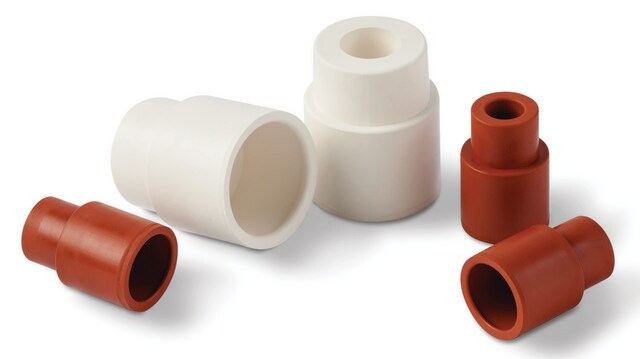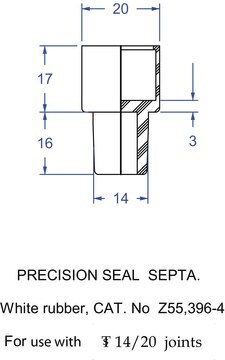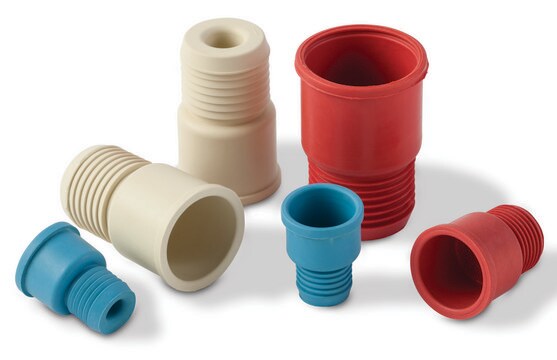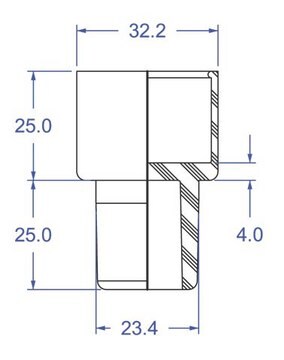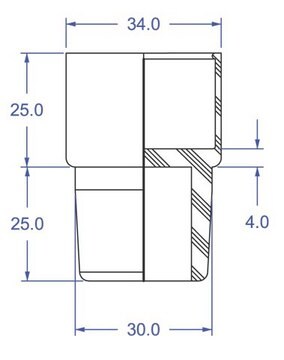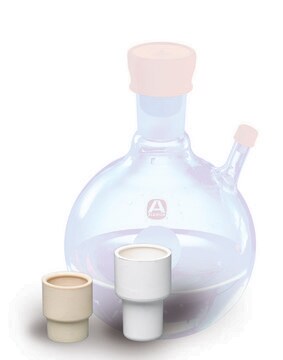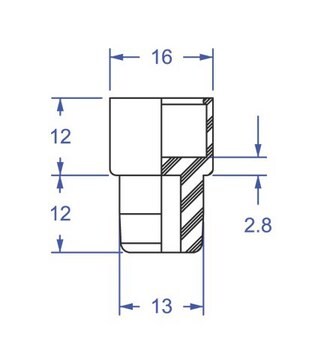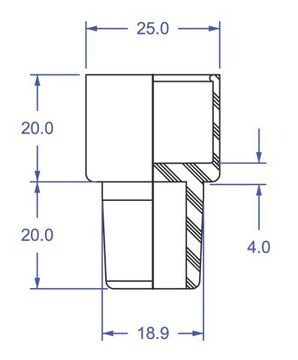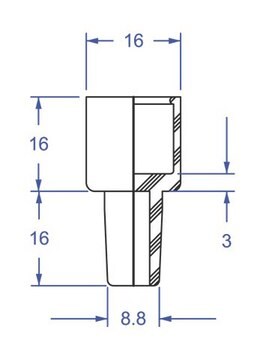Z564729
Sleeve stopper septa
bottom I.D. × O.D. 9.3 mm × 15.7 mm, white
Synonym(s):
Sleeve Septa, Stopper Septa, Stoppers
Sign Into View Organizational & Contract Pricing
All Photos(2)
About This Item
UNSPSC Code:
41121800
NACRES:
NB.35
Recommended Products
material
natural rubber
joint
joint ST/NS15/25
feature
Use with narrow-mouth bottles: 10, 32, 40 oz, 1 L, & 125 mL, and 1 L Sure/Seal bottles
bottom I.D. × O.D.
9.3 mm × 15.7 mm
color
white
Looking for similar products? Visit Product Comparison Guide
General description
Sleeve stopper septa are manufactured from pure natural rubber for excellent resealability when used for cannulation techniques or from FKM rubber for high chemical resistance. Natural rubber septa are available in red and white colors and a soft rubber formulation that contains no fillers or coloring agents for super tactility and easy manipulation.
Storage Note for Natural Rubber Septa:
Store septa in a closed bag out of sunlight to retard blooming, which is the formation of a whitish film on the surface of the rubber. Blooming is a natural process and does not affect performance. Remove visible bloom by washing or wiping off before use.
Storage Note for Natural Rubber Septa:
Store septa in a closed bag out of sunlight to retard blooming, which is the formation of a whitish film on the surface of the rubber. Blooming is a natural process and does not affect performance. Remove visible bloom by washing or wiping off before use.
Choose from one of the most recent versions:
Certificates of Analysis (COA)
Lot/Batch Number
It looks like we've run into a problem, but you can still download Certificates of Analysis from our Documents section.
If you need assistance, please contact Customer Support.
Already Own This Product?
Find documentation for the products that you have recently purchased in the Document Library.
Customers Also Viewed
D S Andersen et al.
Journal of environmental management, 159, 18-26 (2015-05-23)
Methane emission is an important tool in the evaluation of manure management systems due to the potential impact it has on global climate change. Field procedures used for estimating methane emission rates require expensive equipment, are time consuming, and highly
Global Trade Item Number
| SKU | GTIN |
|---|---|
| Z564729-100EA | 4061837636912 |
Our team of scientists has experience in all areas of research including Life Science, Material Science, Chemical Synthesis, Chromatography, Analytical and many others.
Contact Technical Service